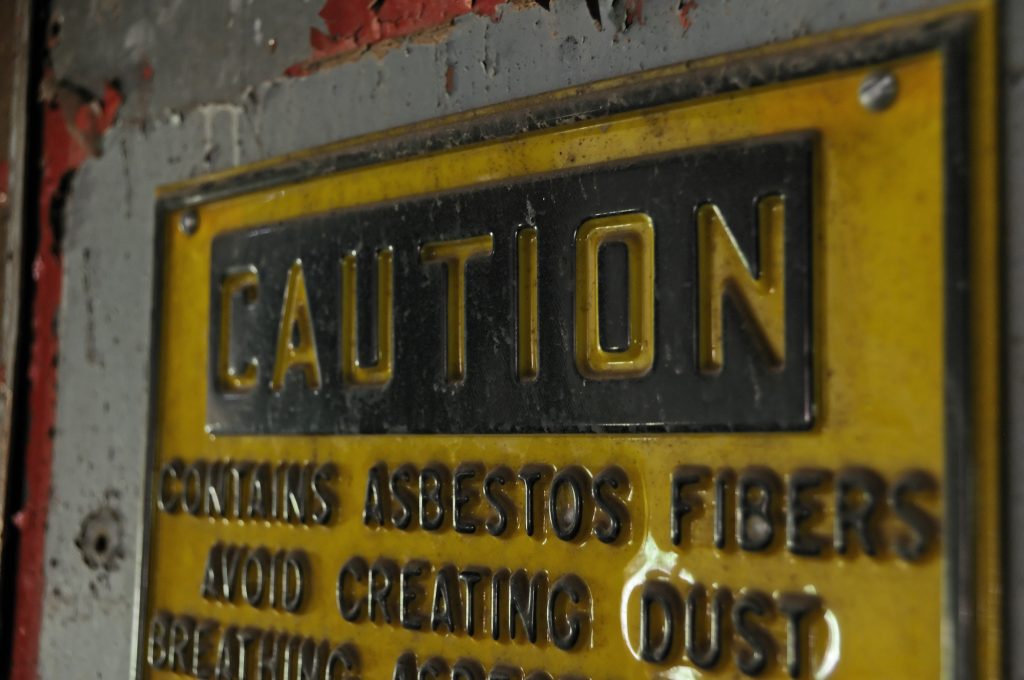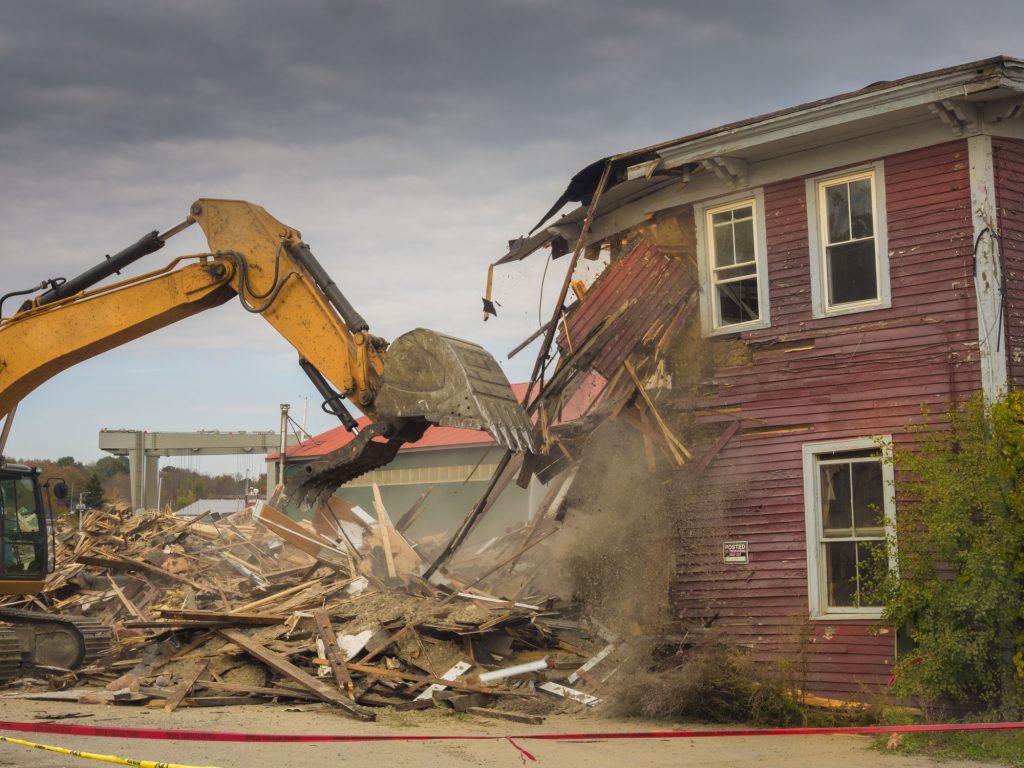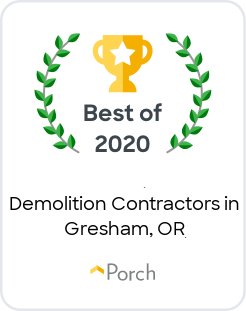- Email us at
[email protected] - Questions? Give us a call
503-773-6949

Certified Asbestos Testing
Accredited Asbestos Testing
In any project where old material needs to be removed, most (but not all) homeowners know to ask the question “Does this material contain asbestos?”
But why? What is the problem with asbestos? And why is it important to have a certified asbestos testing contractor like Prodan Construction check for asbestos before it becomes a problem?
If you’re already in the know about asbestos and are simply looking to arrange a test of material in your home or business, give us a call today!

Where You Might Encounter Asbestos During Demolition
While the use of asbestos sharply declined in the latter part of the 1970s, it is still around today. This is true particularly in materials that, if left undisturbed, will not release asbestos fibers into the air. An asbestos containing material (ACM) that cannot be broken down by hand pressure is said to be nonfriable, and many older homes may contain these products. Nonfriable ACMs do not pose an immediate danger to health unless they are broken, sanded, or otherwise broken down (as in the process of demolition). This will release asbestos fibers into the air which may be inhaled by the lungs, resulting in damage years later.
Specific examples of asbestos-containing materials found in homes may include
- Attic insulation
- Asbestos-containing drywall
- Vinyl floor tiles
- Adhesive
- Popcorn ceilings
- Cement
- Roof shingles
- Steam pipes
- Ceiling tiles
- Textured paint
- Spray-on insulation
- Gaskets in stoves and furnaces
- Artificial ashes or embers
While the use of asbestos diminished during the 70s and 80s, there are still some legal applications of asbestos in the home today. If you are wanting to disturb a potential asbestos-containing material, the safe thing to do is to give a trained asbestos testing contractor like Prodan Construction a call first.
How Certified Asbestos Testing from Prodan Construction Works
The process is simple, at least on your part. Give us a call or send us an email. We will schedule a time to come out, survey the situation, safely take samples of possible asbestos-containing materials, and send them to a lab for analysis. Once the lab results come back, we will communicate with you regarding next steps.
- Click Here for DEQ Asbestos Information
- Click Here for Materials Asbestos
- Click Here for Metro Asbestos FAQ
*Thanks for contacting us regarding asbestos inspection and testing. Here is our pricing structure and some additional info from DEQ and the state on asbestos testing. Please reach out if you have any questions or would like to schedule the inspection.
-
Setup Fee Starting at $250
Includes inspection and sample removal and full lab result print out. -
per sample price $54
(standard turn times of 5 to 7 business days) -
Expedited sample $74
(3 to 4 day turn time)
What Happens After the Test?
If there is no asbestos found, then work can proceed as usual. If there is asbestos present, then we will find a trained and accredited asbestos abatement subcontractor to remove it, no matter if the material is part of an entire mobile home to be demolished or simply in the popcorn ceiling of a bathroom which is being renovated. While much of the work we do will involve the removal of any asbestos-containing material, in some cases (such as with old vinyl flooring tiles), removal is not always necessary.
We hope that this information is helpful as you make your decision about contracting certified asbestos testing services. If you have any questions or would like to schedule a test, please let us know.
What Is the Purpose of Asbestos?
Asbestos is a mineral which separates into long, thin fibers. This is no new man-made substance: its properties have been known for thousands of years. Primarily, asbestos was and is used to prevent fire. It was a cheap, durable, and fire-resistant mineral that could be integrated into a wide variety of materials, strengthening and proofing them from chemicals, heat, water, and electricity.
History of Asbestos in the US
Asbestos mining and applications were extensive though relatively limited until the development of industrial-scale solutions to the mining of the mineral around the turn of the 19th century. At this point, the demand for and applications of asbestos increased significantly until the 1970s, when the first laws regulating asbestos went into effect.
The Health and Safety Problems with Asbestos
Health problems related to asbestos have been known about for quite some time. In particular, there was medical evidence linking asbestos exposure with deadly diseases no later than the 1930s. However, nothing was done until the effects of these diseases were more easily seen in the people who suffered from them.
Asbestos is slow-acting in its effects; it can take decades to notice that something is wrong. Fibers become lodged in the lungs and over time cause tumors or scar tissue which inhibit breathing. Asbestos can especially cause any of three different diseases related to the inhalation of fibers:
- Asbestosis
- Mesothelioma
- Lung cancer
In case you were wondering: a dust mask is not necessarily effective against asbestos fibers, which are small enough to pass through and into the lungs.
Federal Regulations Concerning Asbestos
Based on the common perception, most people in the US would think that asbestos was a banned material. But this is not the case.
The Clean Air Act of 1970 initially gave the Environmental Protection Agency (EPA) the authority to monitor asbestos, labelling it as a hazardous air pollutant. Six years later, the Toxic Substances Control Act gave the EPA the authority to place restrictions on substances such as asbestos. Only 10 years later in 1986 was the EPA directed to create standards for removing asbestos in schools through the Asbestos Hazard Emergency Response Act.
In 1989, the EPA issued a rule which attempted a full ban of asbestos containing materials. However, due to legal challenges from the asbestos industry, the complete ban failed. Thus it is still legal in certain circumstances for products sold in the US to contain asbestos. However, the 1989 rule did end up creating a partial ban on asbestos, with no new products containing asbestos allowed to come on the market since that date. As recently as April of 2019, the EPA strengthened its ability to regulate asbestos containing materials through a Final Rule.



